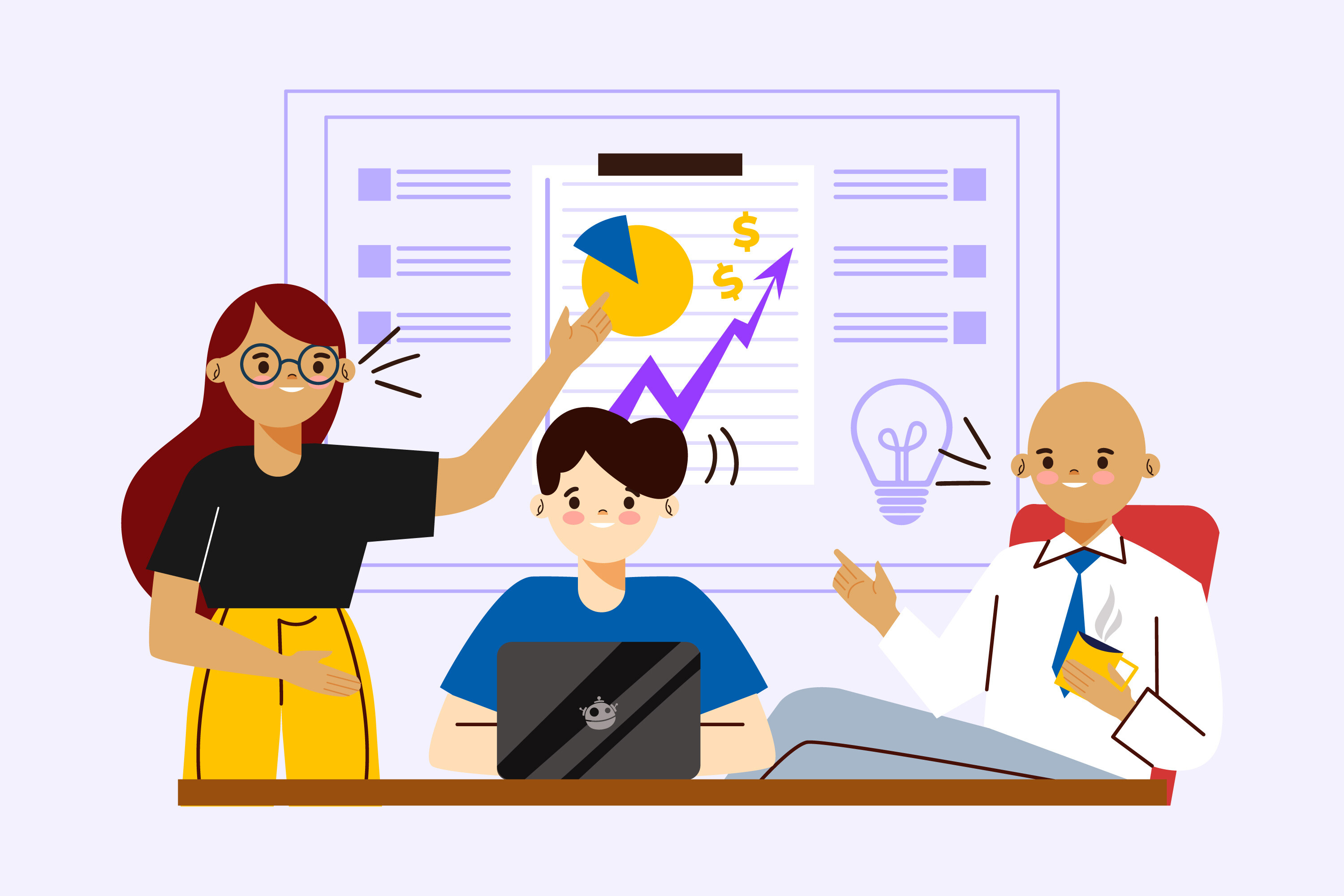The traditional approach to workplace learning is evolving. Join us as we explore the insights from Armin Trost's lessons on "How to Build a Corporate Learning Strategy" and delve into the shift from old-school methods to an agile, responsive learning environment.
In the pursuit of a resilient and responsive corporate learning strategy, Armin Trost's insights guide us through the transformation from traditional to agile. Let's unravel the key steps that can shape the future of workplace education.
Diverse Learning Needs Workshop:
Kickstart your strategy by conducting workshops with various stakeholders – employees, supervisors, HR, and training experts. Gather a spectrum of learning needs, focusing on iconic and signature requirements. This diverse collection lays the foundation for a comprehensive strategy.
Classify Learning Needs:
To tackle the complexity of learning needs, use characteristics to classify them into distinct cases. Are there cases of lacking technical skills? Is there a business-sense skills gap? Are soft-skills and interpersonal skills a core challenge in certain teams? Simplify your approach by focusing on these categories, making it more manageable for the organization.
Strategic Learning Priorities:
Define strategic learning priorities by considering factors such as individual vs. HR responsibility, on-demand vs. planned learning, and learning from experts vs. peers. Tailor priorities to your organizational context, setting the stage for effective learning strategies.
Learning Operations:
Once priorities are set, translate them into actionable learning operations. Whether it's seminars, programs, or platforms, align them with the identified learning cases. Strategic alignment ensures a seamless integration of learning into the organizational structure.
Transition to Agile Learning:
Move beyond the confines of traditional learning and embrace agility. In an agile world, learning becomes a social endeavor. Colleagues learn together, on-demand, in real-time situations, fostering a culture of curiosity and problem-solving within the working environment.
Dual Roles in Agile Setting:
In the agile setting, everyone is both a teacher and a learner. Encourage a culture where knowledge is shared seamlessly among colleagues. This dual role dynamic enhances collaboration and innovation within the organization.
Learning On-Demand Resources:
Explore diverse resources for on-demand learning. From collaborating on enterprise social networks to attending off-site seminars, leverage internal and external resources. Foster a culture where employees proactively seek knowledge to solve real-time problems.
Beyond Organizational Borders:
Recognize that learning resources extend beyond company borders. Embrace external resources, communities of practice, and collaborative platforms to enrich the learning experience. Open the door to a world of knowledge beyond the confines of your organization.
Conclusion: Embrace the Agile Future
Armin Trost's insights inspire a shift towards an agile corporate learning strategy. By embracing social learning, on-demand resources, and a culture of collaboration, organizations can prepare for the future of workplace education.
Inspired by Armin Trost's video on corporate learning strategy. Ready to explore more lessons like this? Visit 5mins.ai for a deeper dive into the future of workplace learning.
- Get in touch
-
EN




